I first visited New Orleans back in 2019, right before the world changed. The streets were packed with tourists, jazz poured from every doorway, and the smell of fresh beignets filled the air. When I returned last month, the city had evolved, but its soul remained unchanged.
What makes New Orleans special is how it reveals new secrets with each visit. From the historic mansions of the Garden District to the late-night music clubs of Frenchmen Street, the quiet corners of City Park where oak trees drip with Spanish moss, and the bustling food markets where locals grab their morning coffee, this city serves up something different every time.
Looking for the best spots to explore in New Orleans? I’ve combined my personal favorites with recommendations from local friends to create this list of must-see places that go beyond the typical tourist trail.
- Best tourist destination: French Quarter
- Underrated hidden gem: Algiers Point
- Best for families: City Park
- Best for couples: Jackson Square
- Best for solo travelers: Frenchmen Street
- Best for food lovers: Magazine Street
French Quarter
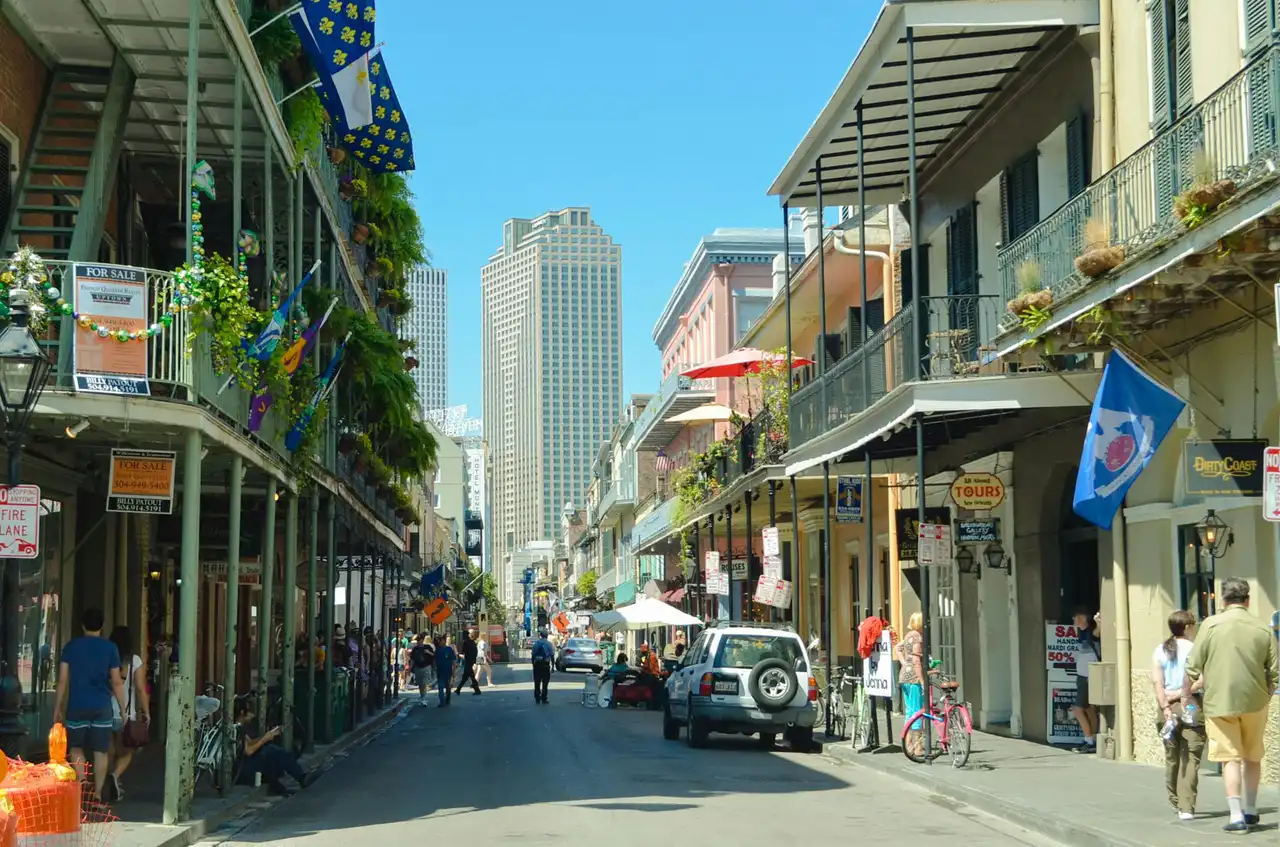
Many visitors come to the French Quarter for its famous Bourbon Street, but this historic neighborhood offers much more than just nightlife and bars. As the oldest district in New Orleans, its streets are lined with distinctive French and Spanish Creole architecture, complete with decorative ironwork balconies and hidden courtyard gardens. Throughout the day, local musicians fill the air with jazz along Royal Street, while artists display their work around Jackson Square. You’ll find traditional Creole restaurants tucked into centuries-old buildings, serving up gumbo and jambalaya, and antiquing opportunities in the shops along Chartres Street. Whether you’re here for the history, food, or music scene, the French Quarter serves as the cultural heart of New Orleans.
Jackson Square
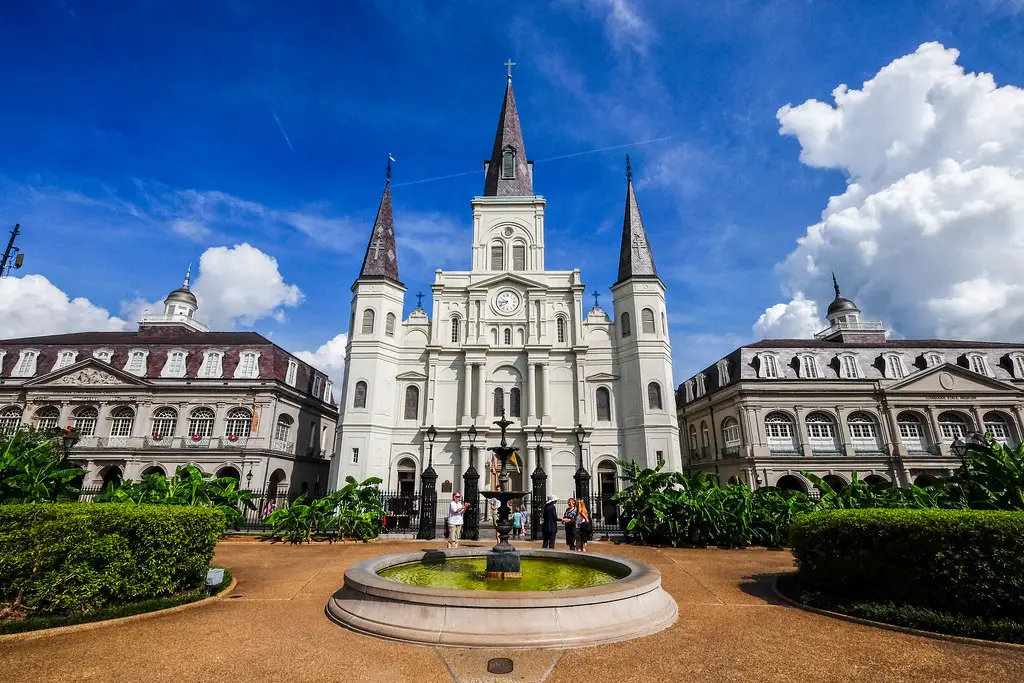
No trip to New Orleans is complete without a visit to Jackson Square. Located in the heart of the French Quarter, this historic plaza has been the city’s central gathering spot since 1721. The square is anchored by the beautiful St. Louis Cathedral and surrounded by the Cabildo and Presbytère museums, which tell the fascinating story of Louisiana’s history.
Bourbon Street
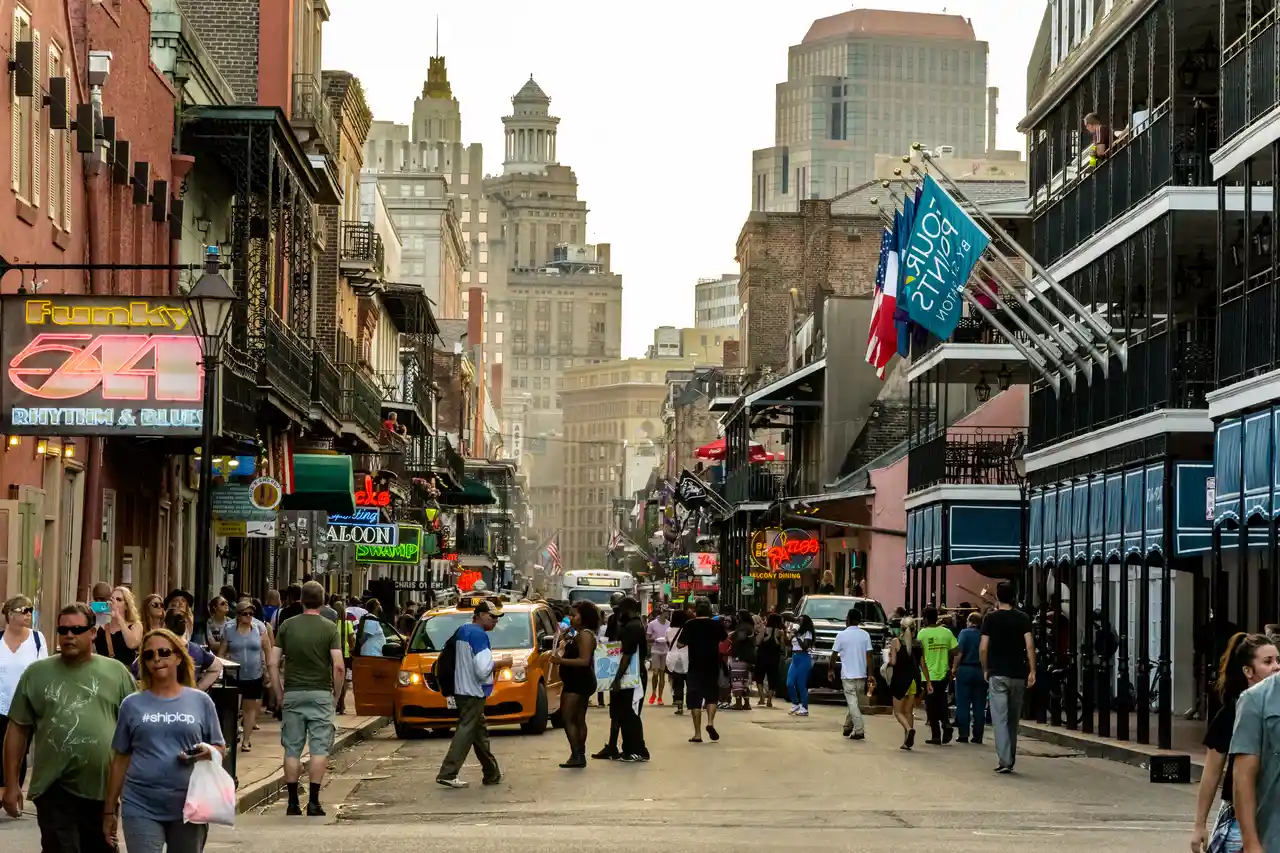
There’s no street in America quite like Bourbon Street in New Orleans’ French Quarter. This 13-block stretch is where the city’s famous party reputation comes to life, with neon signs lighting up the night and music spilling out of bars and clubs onto the crowded sidewalks. During the day, you’ll find tourists wandering with go-cups (yes, drinking in the street is legal here) and street performers doing their thing. By night, it transforms into a wild parade of revelers, complete with balcony parties, jazz bands, and the kind of atmosphere that makes New Orleans famous. It’s not for everyone – the scene can get pretty rowdy – but if you want to experience the raw energy of New Orleans nightlife, there’s no better place to start.
Café du Monde
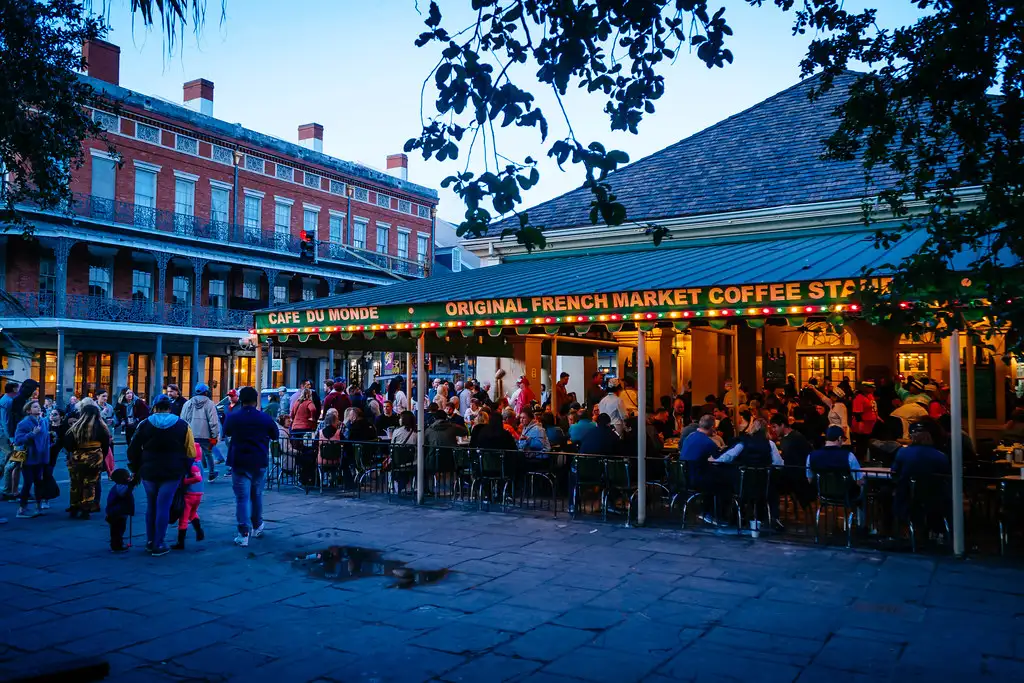
Of all the spots I’ve visited in New Orleans, none feels more authentically local than Café du Monde. This 24/7 coffee stand has been serving up chicory coffee and powdered sugar-covered beignets since 1862, making it one of the city’s oldest and most beloved institutions. Located in the French Quarter’s historic French Market, it’s where both tourists and locals gather at all hours to enjoy New Orleans’ signature pastries while watching street performers and artists do their thing. Sure, you might have to wait in line, especially during peak hours, but those warm, perfectly fried beignets and rich café au lait are worth every minute spent standing. It’s not just a coffee shop – it’s a slice of New Orleans culture that’s remained unchanged for over 150 years.
Garden District
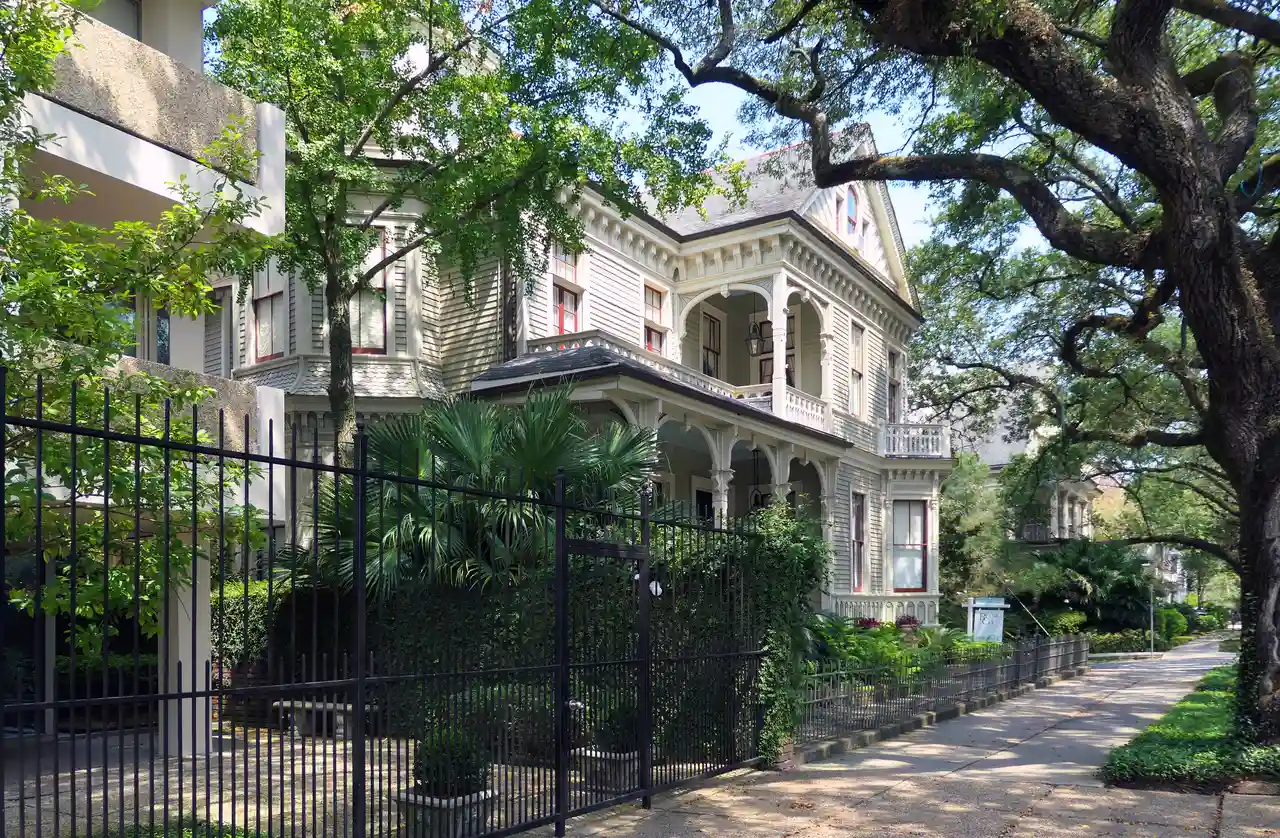
I always tell first-time visitors to New Orleans to explore the Garden District. Spread across nearly 30 city blocks, this historic neighborhood showcases some of the city’s most beautiful antebellum mansions, tree-lined streets, and wrought-iron fences. As you stroll past the Greek Revival and Victorian homes, you’ll spot celebrities’ houses, film locations, and Lafayette Cemetery No. 1 – one of the city’s oldest above-ground burial sites.
St. Louis Cathedral
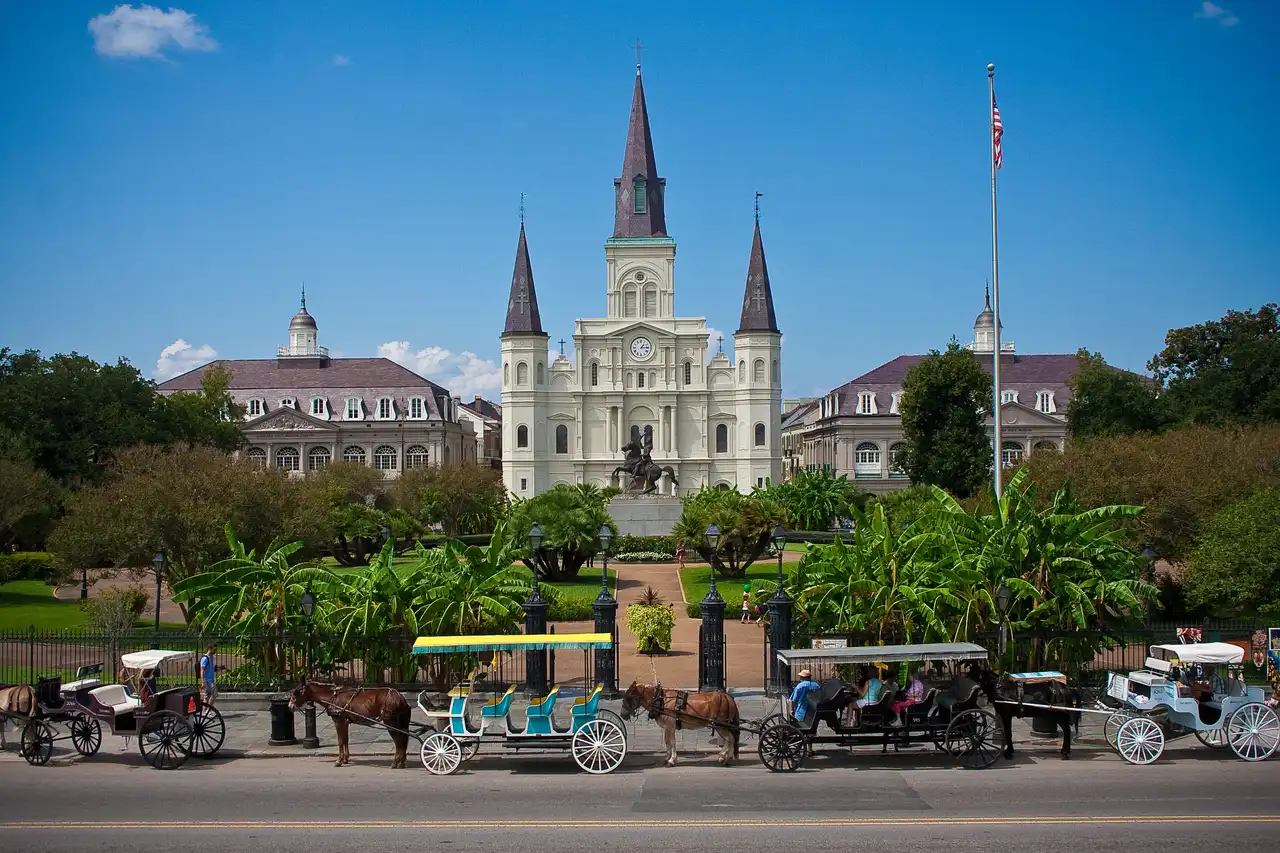
Step back in time at St. Louis Cathedral, the oldest continuously active cathedral in the United States. Located in the heart of Jackson Square, this iconic white church with its three towering spires has been a symbol of New Orleans since 1789. You can join a guided tour to learn about its fascinating history and architecture, or simply walk in during visiting hours to see the beautiful stained glass windows and detailed murals. For the best photos, visit early morning when the light hits the facade just right, or come at dusk when the cathedral is lit up against the darkening sky.
Did You Know This Fact?
Did you know that New Orleans’ St. Louis Cathedral is the oldest continuously operating cathedral in the United States, having stood proudly in Jackson Square since 1794? The cathedral’s iconic triple spires have appeared in countless photographs and postcards over the years, becoming such a recognizable symbol of New Orleans that even the local NFL team, the Saints, incorporated them into their logo.
Frenchmen Street
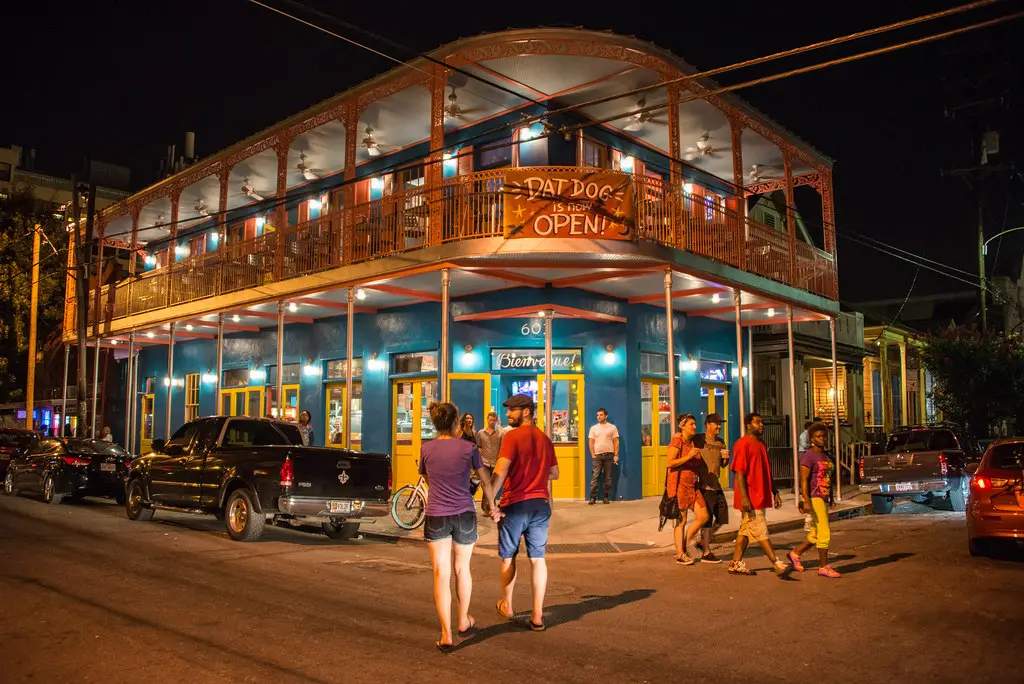
Located just a few blocks from the French Quarter, Frenchmen Street is where New Orleans truly shows its musical soul. Unlike Bourbon Street’s touristy chaos, this four-block stretch feels like stepping into the city’s authentic jazz scene. Local musicians spill out of doorways, their melodies mixing with the chatter of food vendors and art market browsers. Because of its deep connection to New Orleans’ musical heritage, Frenchmen has become a haven for both up-and-coming artists and seasoned performers, and you’ll find everything from traditional jazz clubs to modern funk venues packed side by side. The street comes alive at sunset when locals and visitors alike gather to experience live music at spots like The Spotted Cat and Blue Nile, making it feel like one big neighborhood party that happens every single night.
National WWII Museum

If you want to understand America’s role in World War II, the National WWII Museum is a must-visit spot in New Orleans. Located in the Warehouse District, this massive museum complex features four pavilions packed with interactive exhibits, real aircraft, military vehicles, and personal stories from the men and women who lived through this pivotal time in history.
Lafayette Cemetery No. 1
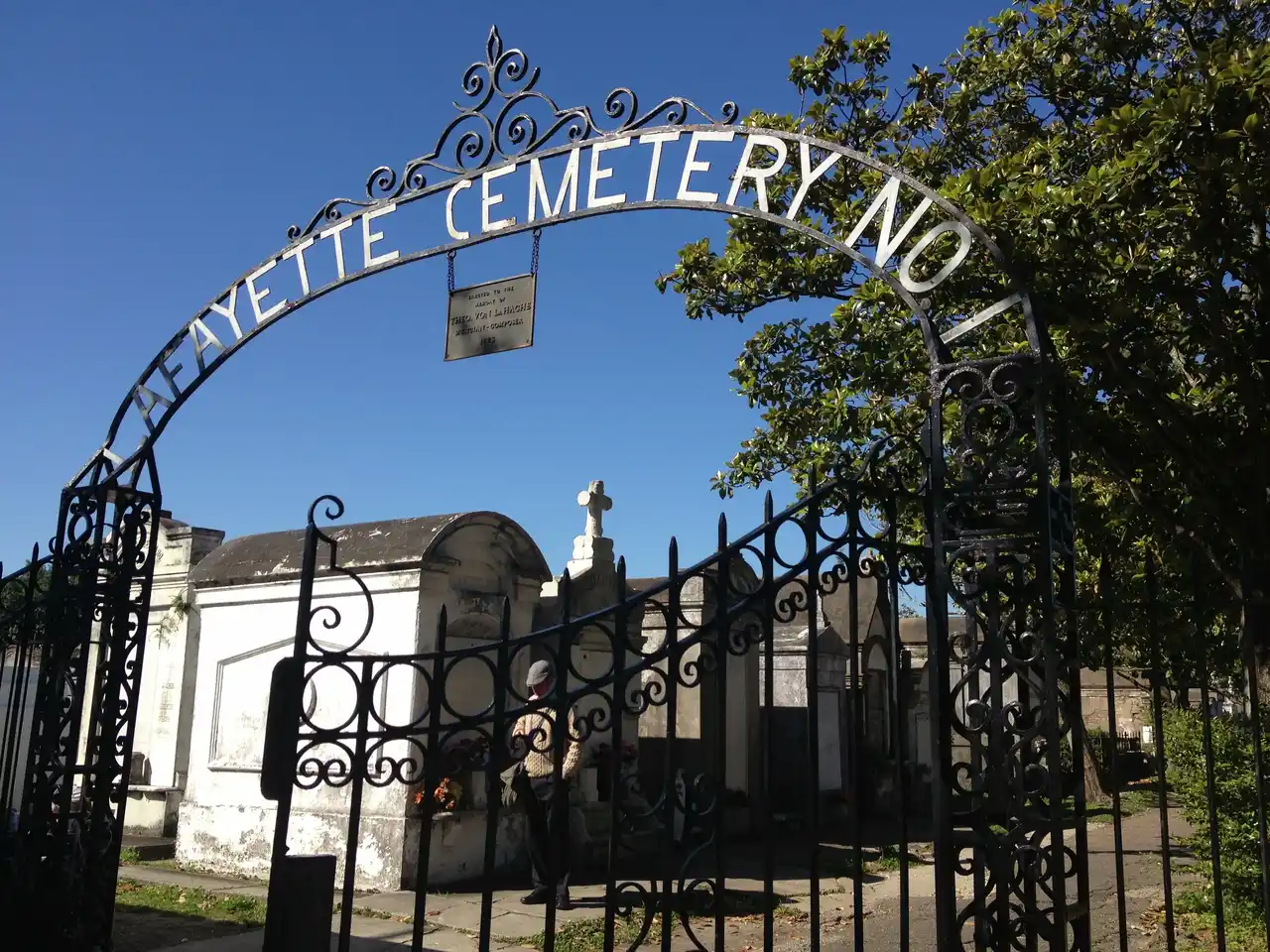
Many visitors head to Lafayette Cemetery No. 1 to explore one of New Orleans’ most historic above-ground burial grounds, but this Garden District landmark offers more than just a collection of tombs. The cemetery’s tree-lined paths and weathered stone monuments tell stories of the city’s past residents, from wealthy merchants to victims of yellow fever epidemics. While some come for guided tours that explain burial practices and local legends, others appreciate the cemetery’s role in pop culture – it’s been featured in numerous films and inspired scenes in Anne Rice’s vampire novels. Whether you’re interested in architecture, history, or photography, Lafayette Cemetery No. 1 provides a peaceful retreat from the busy streets of New Orleans.
Preservation Hall
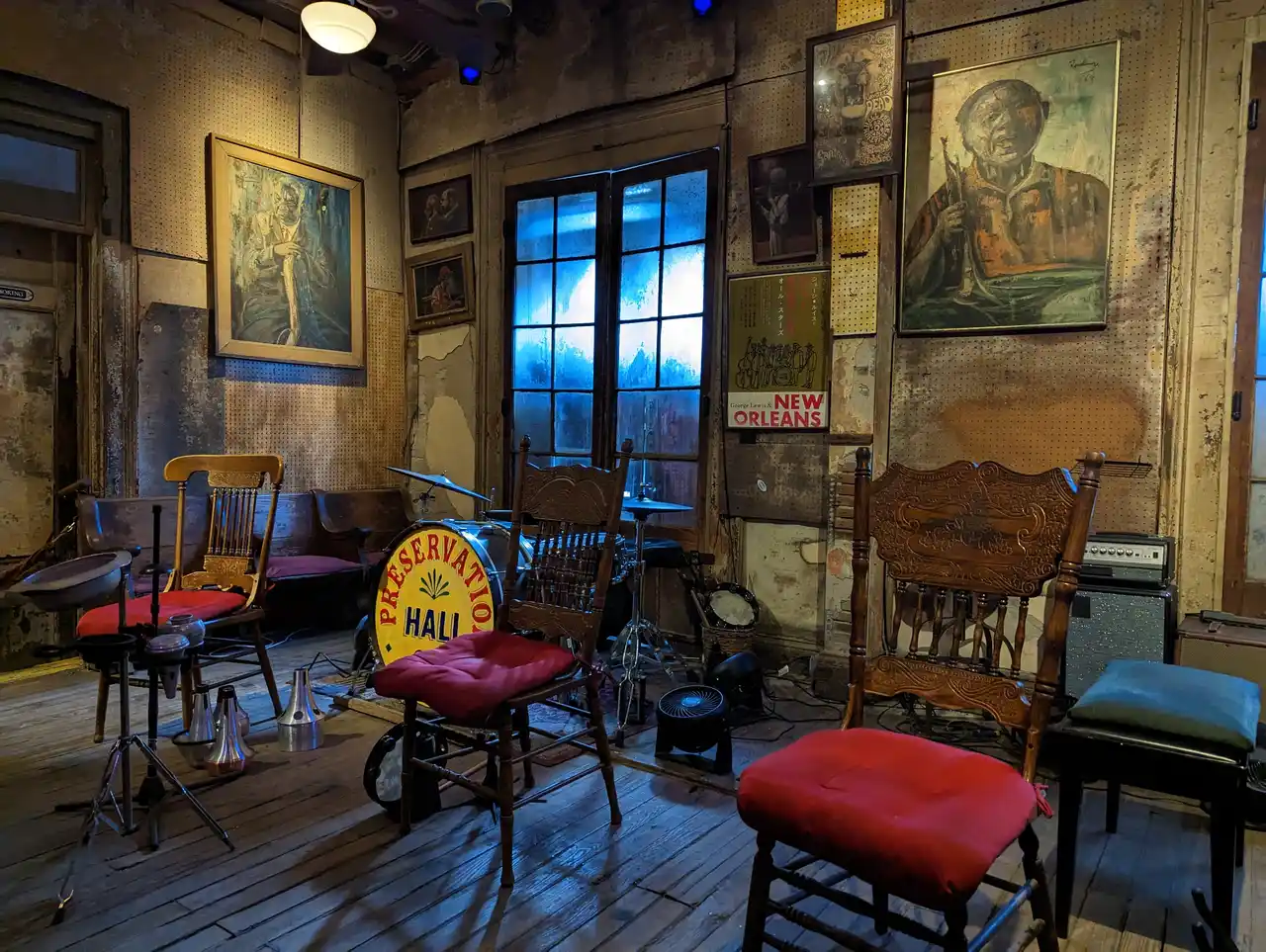
Music fans come to Preservation Hall for one of the most authentic jazz experiences in New Orleans, but this modest venue on St. Peter Street offers much more than just entertainment. The simple wooden benches and bare brick walls of this historic space have hosted jazz legends since the 1960s, creating a time capsule of the city’s musical heritage. While the nightly shows draw long lines of eager listeners, the intimate setting means everyone gets an up-close view of talented musicians playing traditional New Orleans jazz. You don’t need to be a jazz expert to appreciate the warm atmosphere and foot-tapping tunes that fill this French Quarter landmark every evening of the week.
City Park
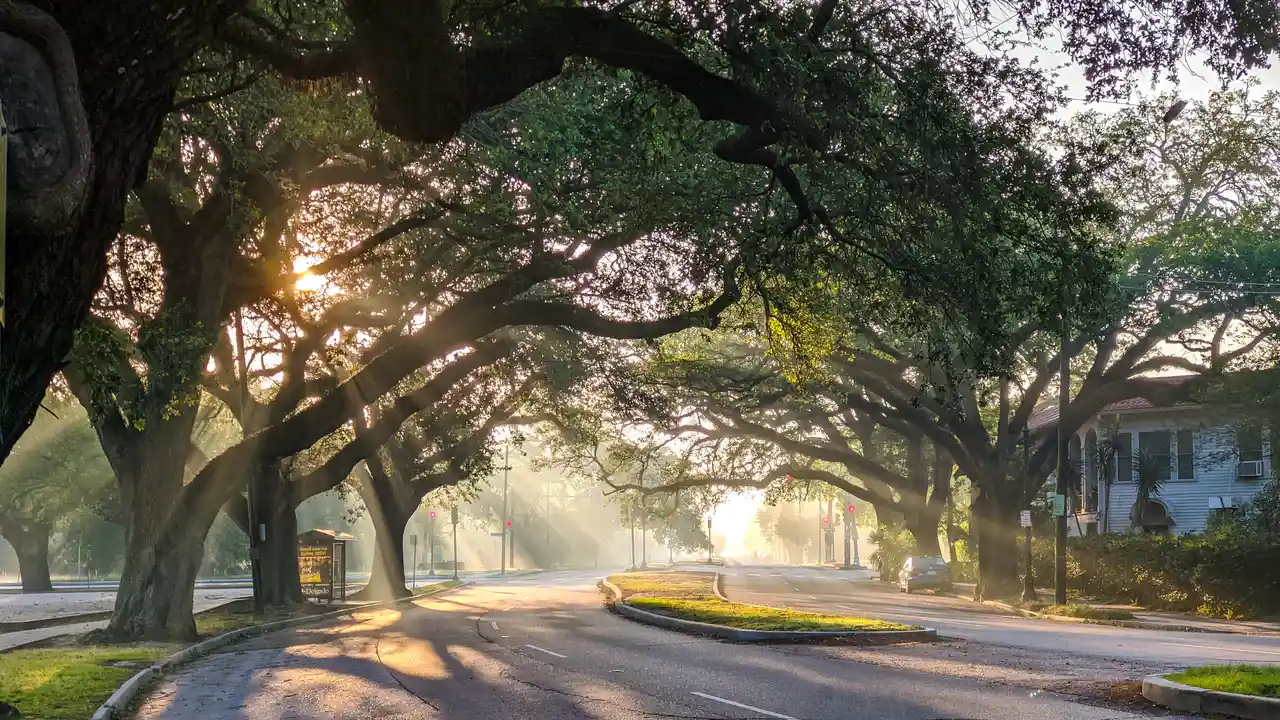
Ever wondered what an 1,300-acre park in the heart of a city looks like? New Orleans’ City Park is exactly that – a sprawling green space that’s been around since 1854, making it one of the oldest urban parks in America. Here you can ride a century-old wooden carousel, wander through the world’s largest collection of mature live oak trees, or paddle boat across peaceful lagoons. The park also houses the New Orleans Museum of Art and its outdoor Sculpture Garden, while the Botanical Gardens offer a quiet escape from the busy French Quarter. Kids especially love Storyland, where fairy tale characters come to life, and the miniature train that chugs through the grounds.
Magazine Street
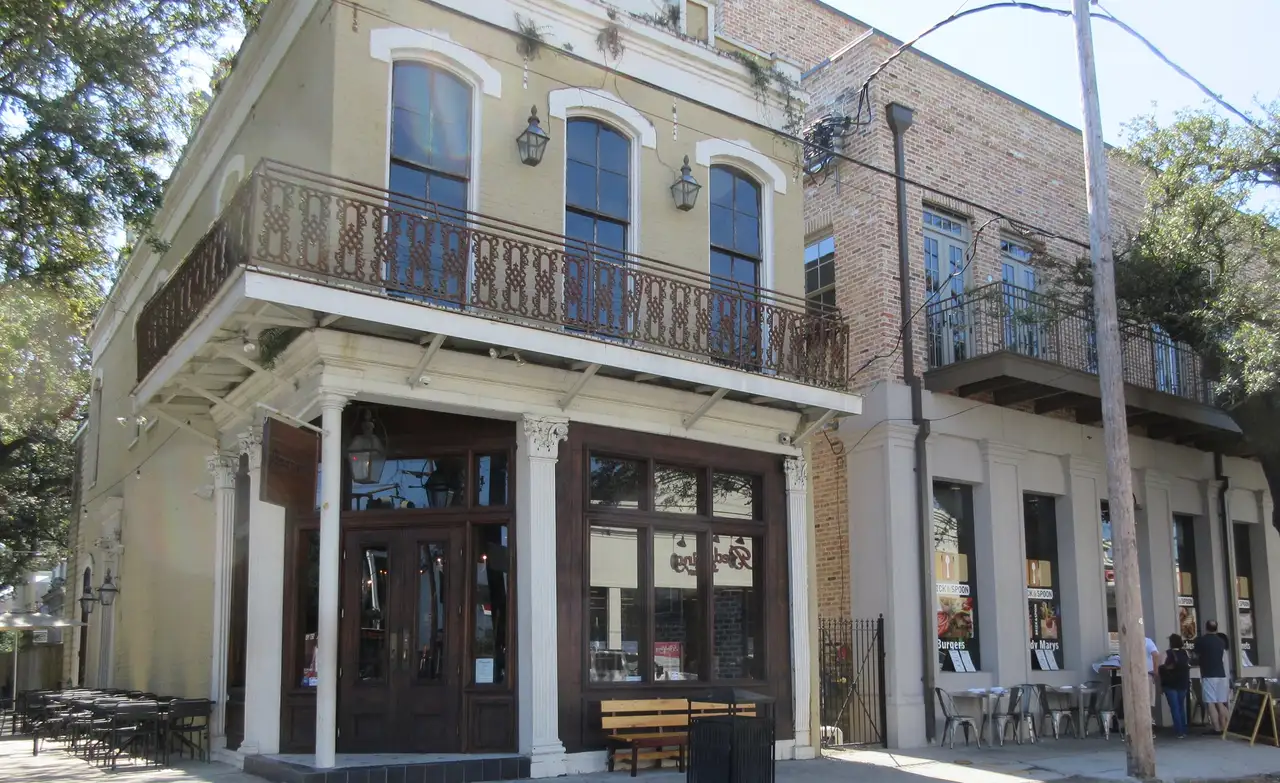
Running parallel to the Mississippi River for six miles, Magazine Street is where New Orleans shows off its creative soul. Unlike the touristy French Quarter, this neighborhood feels like the real deal – a place where locals actually live, work, and hang out. The street is lined with colorful shotgun houses converted into quirky boutiques, local coffee shops, and art galleries that spill onto the sidewalks. Thanks to its history as a commercial hub dating back to the 1800s, you’ll find everything from century-old antique stores to modern food halls. The mix of architectural styles tells the story of different waves of immigrants who made this street their home, from Irish laborers to Italian merchants, each adding their own flavor to the neighborhood’s character.
Steamboat Natchez
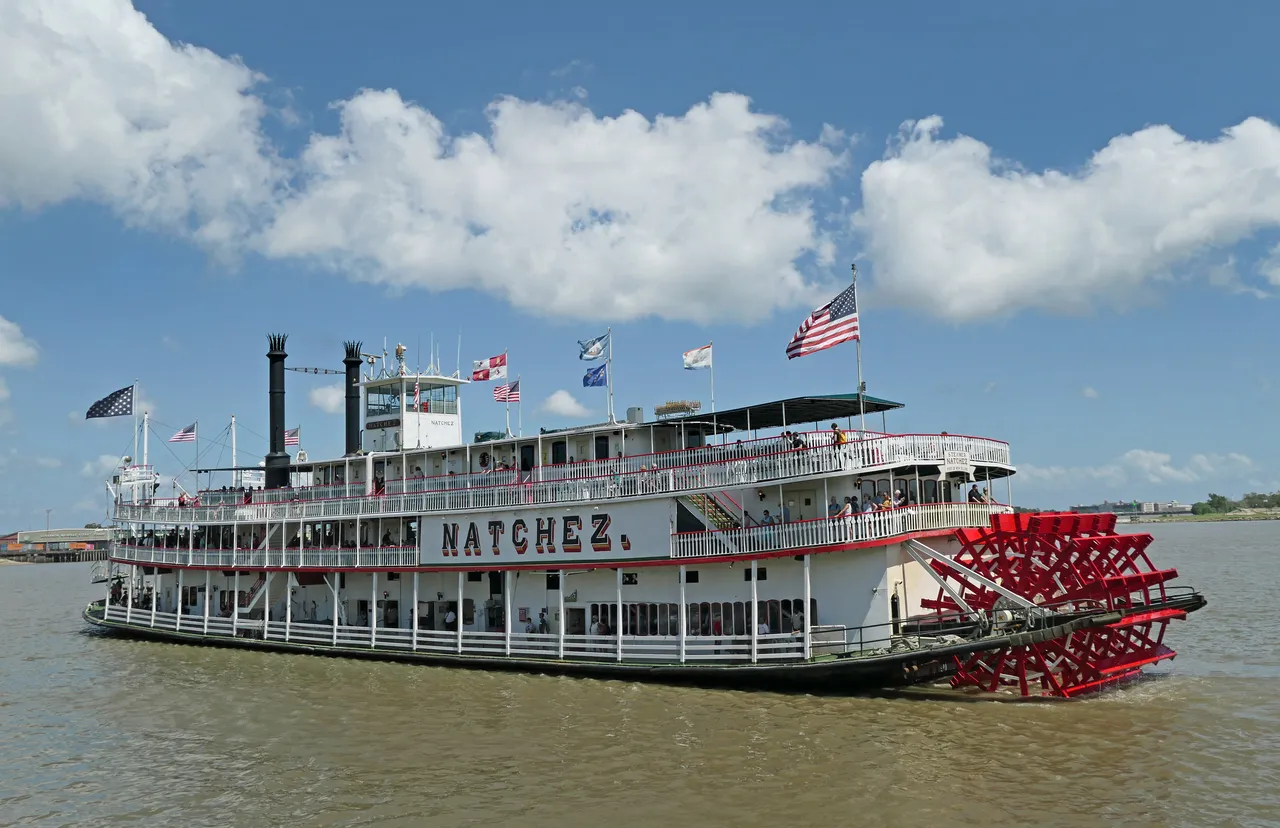
Step back in time aboard the Steamboat Natchez, one of the last authentic steamboats still cruising the Mississippi River. You can hop on a classic two-hour daytime cruise or opt for an evening jazz dinner experience, where you’ll enjoy live music from local musicians while floating past the French Quarter. The boat’s historic steam engine room is open to visitors, and you can watch the massive red paddlewheel churn through the water from the deck. For lunch or dinner, head to the dining room where classic New Orleans dishes like gumbo, jambalaya, and bread pudding are served with a side of river views.
Lafitte’s Blacksmith Shop Bar
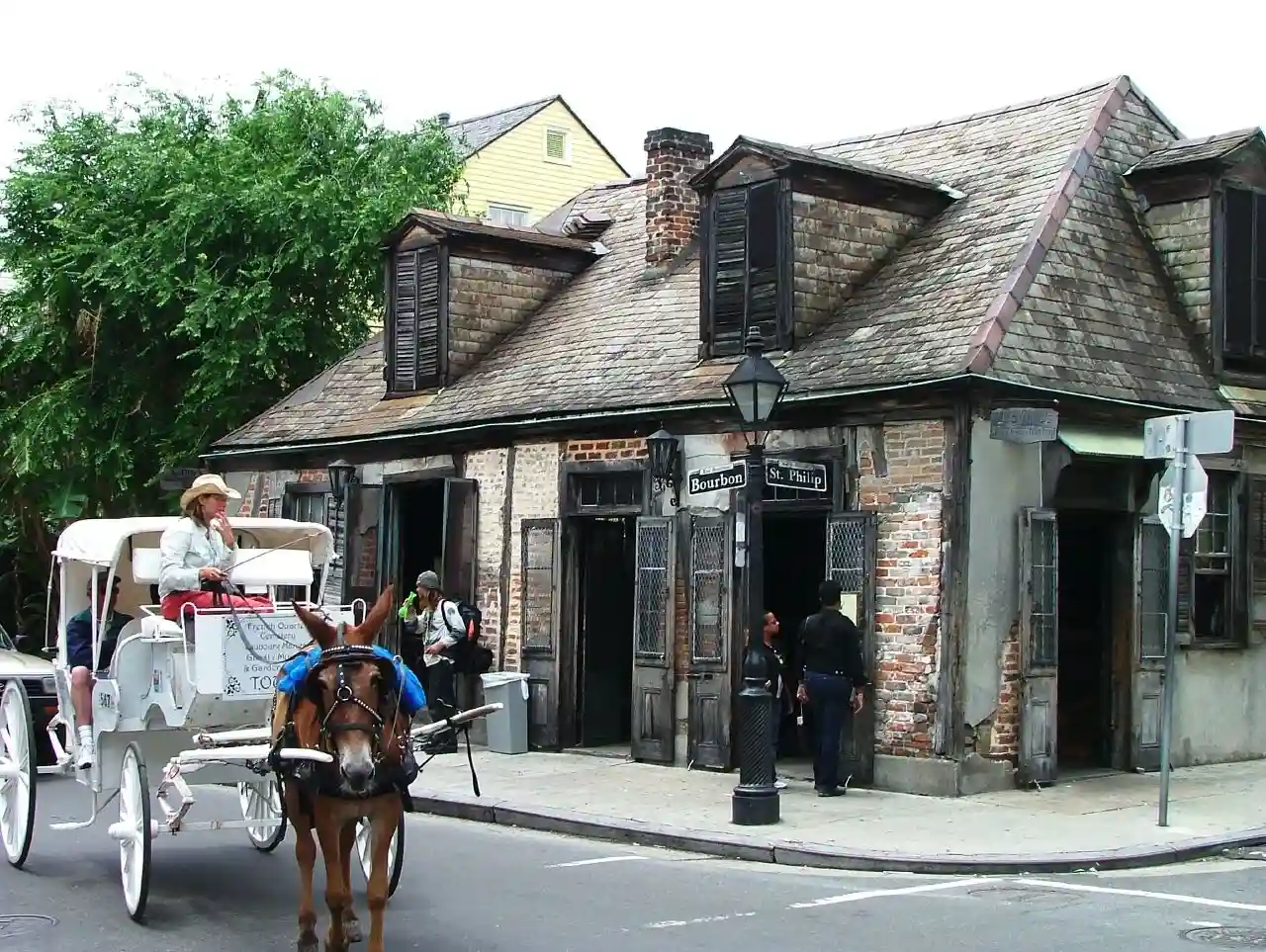
Ever wondered what it feels like to drink in one of the oldest bars in America? Dating back to 1722, Lafitte’s Blacksmith Shop Bar sits in a rustic brick building on Bourbon Street, lit mostly by candlelight after dark. Named after the infamous pirate Jean Lafitte, who allegedly used the building as a front for his smuggling operation, this historic watering hole serves up classic New Orleans cocktails in an atmosphere that hasn’t changed much in 300 years. The bar’s signature purple drink, the Voodoo Daiquiri, draws both locals and tourists who come to experience a piece of living history while escaping the neon lights of modern Bourbon Street.
Louis Armstrong Park
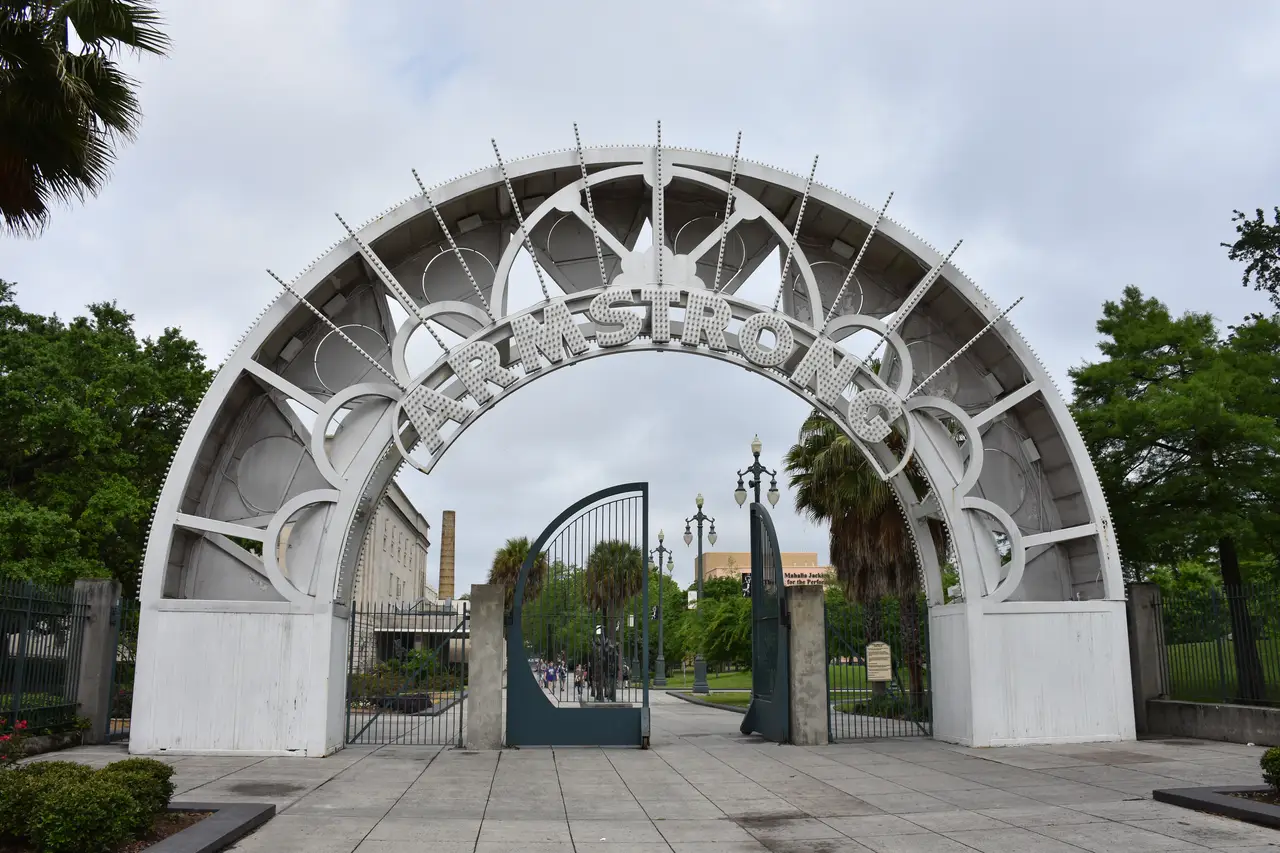
Located just north of the French Quarter, Louis Armstrong Park honors New Orleans’ most famous jazz musician and the city’s rich musical heritage. The 32-acre park features winding pathways through landscaped gardens, duck ponds, and multiple performance spaces where local musicians often gather to play. While many visitors come for the iconic arch entrance and Armstrong statue, the park is also home to Congo Square – a historic site where enslaved people gathered to make music and dance in the 1800s. Whether you want to enjoy a peaceful afternoon picnic, catch an impromptu jazz session, or explore important cultural landmarks, this green space offers a perfect escape from the busy streets of the French Quarter.
Royal Street
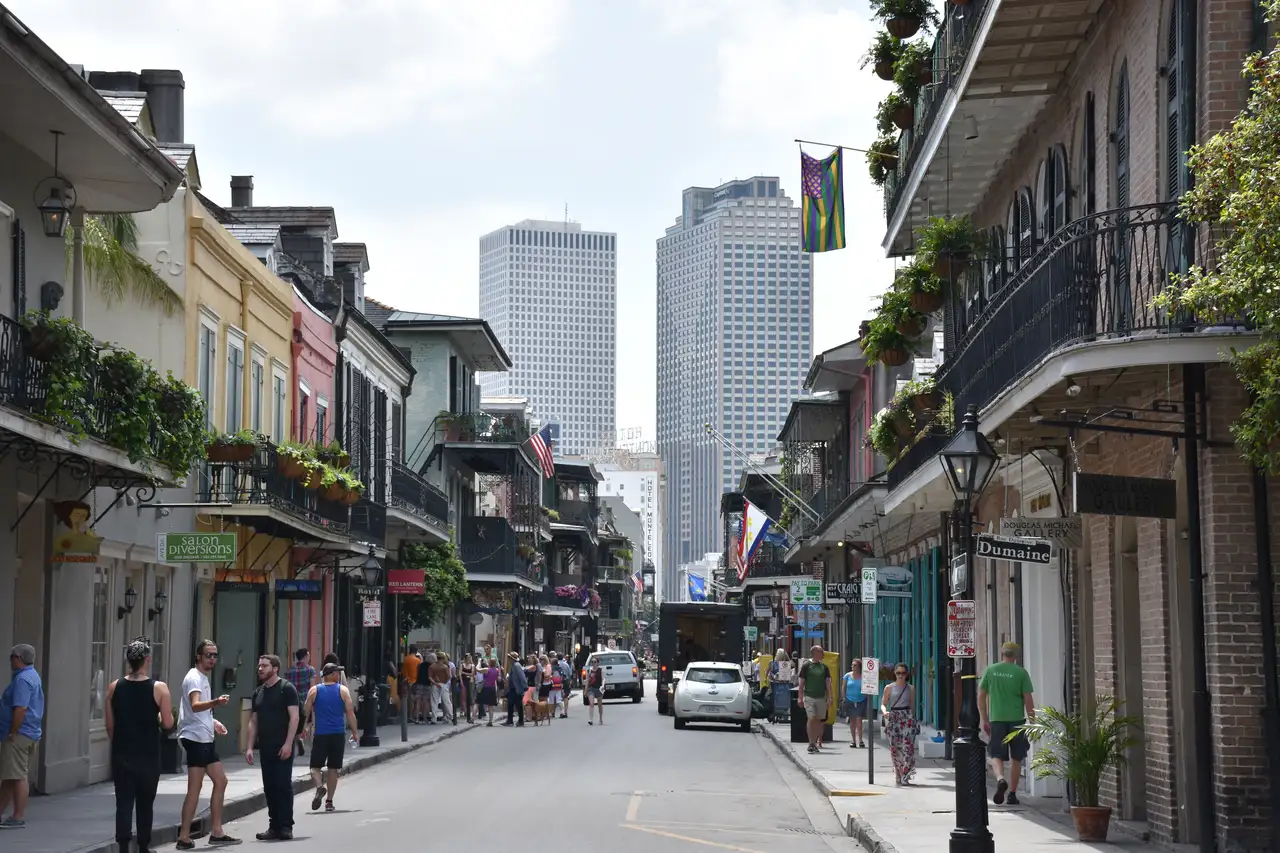
Just one block from the famous Bourbon Street sits Royal Street, yet these two New Orleans thoroughfares couldn’t be more different. While Bourbon Street pulses with party energy, Royal Street hums with the sound of street musicians and the gentle whir of ceiling fans in antique shops. This 13-block stretch tells the story of old New Orleans through its wrought-iron balconies and historic buildings, many dating back to the 1800s. Artists display their work on the sidewalks, jazz bands play on corners, and boutiques showcase everything from fine jewelry to local crafts. Much like the French Quarter itself, Royal Street mixes history and culture in a way that feels natural and unchanged, making it a place where you can experience New Orleans as it was a century ago.
New Orleans Museum of Art
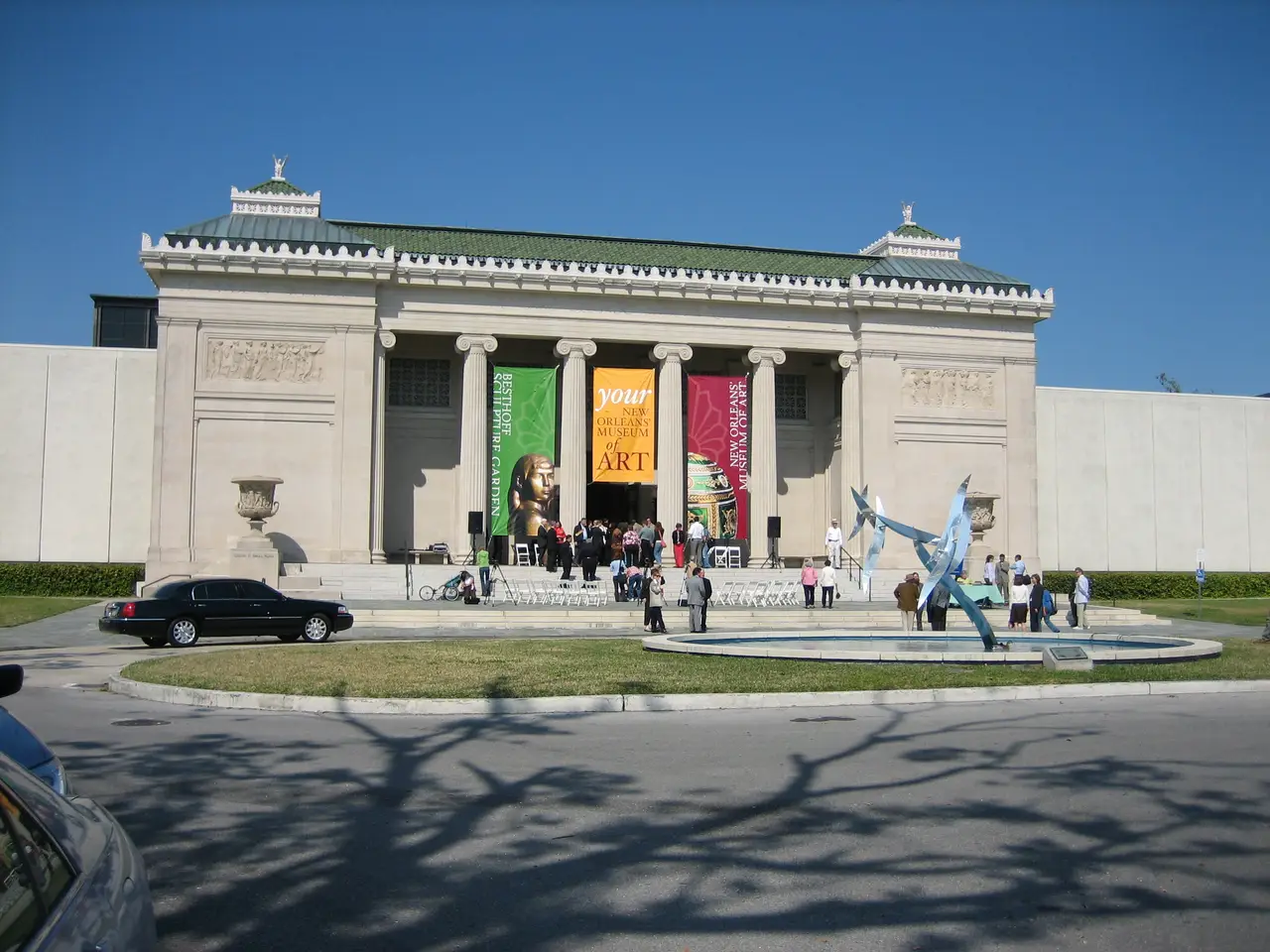
Looking for a dose of culture in the Big Easy? The New Orleans Museum of Art sits proudly in City Park, where ancient oak trees line the pathways leading to its stately entrance. Inside this 110-year-old institution, you’ll find one of the finest art collections in the South, featuring everything from rare Fabergé eggs to modern masterpieces. The museum’s Sculpture Garden is a local favorite, where you can wander among more than 90 artworks scattered through peaceful gardens and lagoons. It’s the perfect spot to escape the French Quarter crowds and spend an afternoon getting lost among world-class art, all while spotting pelicans gliding over the park’s serene waters.
Audubon Zoo
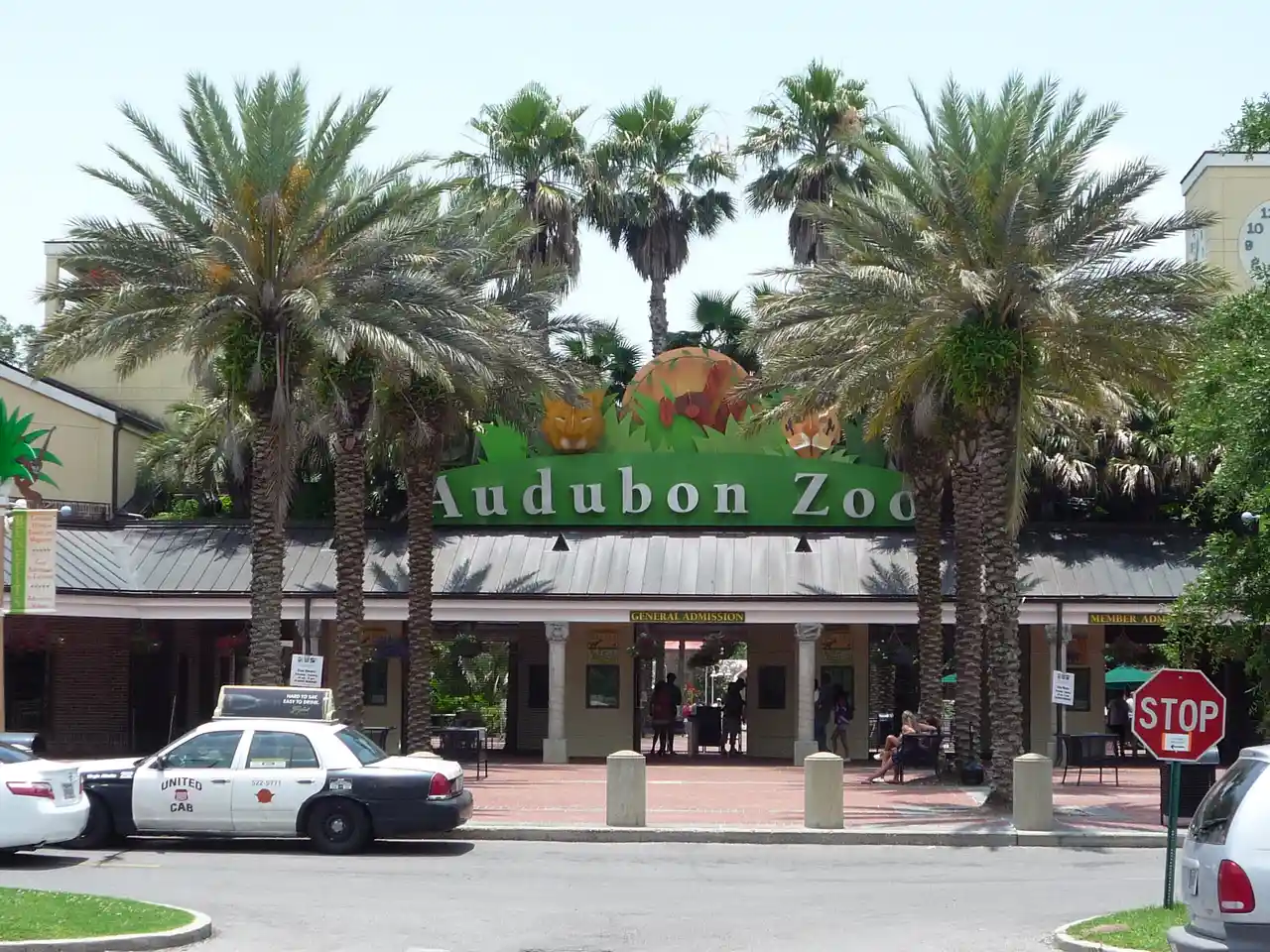
Many visitors head to Audubon Zoo for its famous white alligators, but this 58-acre attraction offers much more than just unique reptiles. Located in New Orleans’ charming Uptown neighborhood, the zoo houses over 2,000 animals in settings that reflect their natural habitats. The Louisiana Swamp exhibit gives you an up-close look at local wildlife and Cajun culture, while the African Savanna area lets you watch elephants and giraffes roam across wide-open spaces. Even during the hot summer months, you’ll find plenty of ways to stay cool – from the splash park to the shaded walking paths lined with ancient oak trees. While the zoo is a year-round destination, the special events during Mardi Gras and Halloween make these seasons particularly fun times to visit.
Mardi Gras World
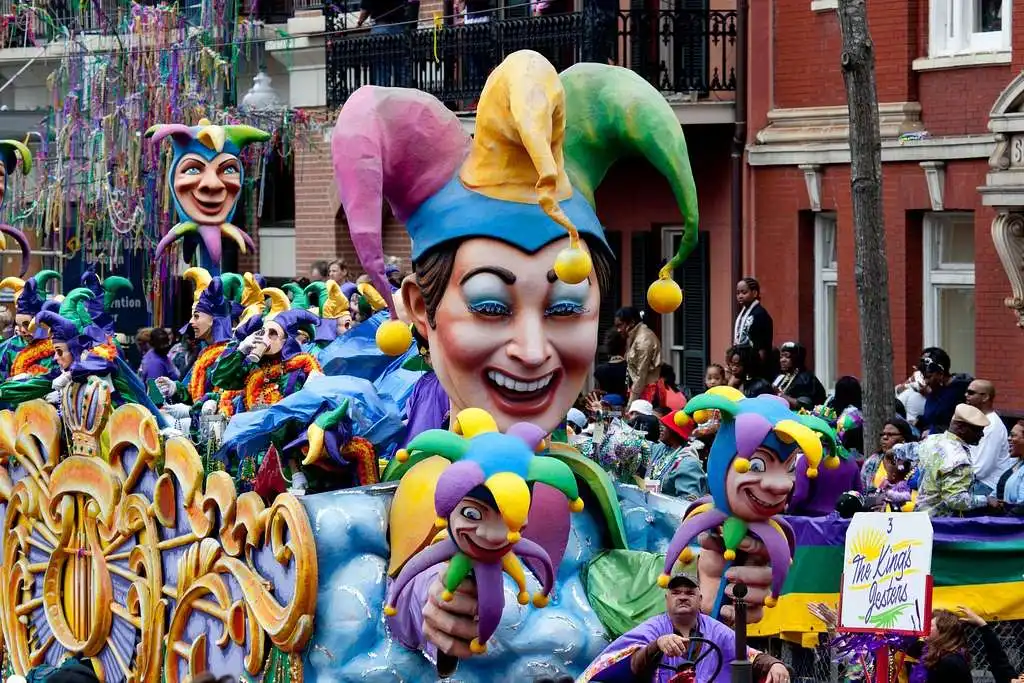
Of all the places I’ve explored in New Orleans, Mardi Gras World offers the most unique behind-the-scenes look at what makes the city’s famous carnival so special. This working warehouse and museum lets you peek into the creative process where artists craft the massive floats and props that parade through the streets during the biggest party of the year. It’s not just about the finished products – you can watch sculptors and painters at work, try on authentic carnival costumes, and learn the rich history behind the celebrations. While it might seem touristy at first glance, spending a few hours here helps you understand why Mardi Gras has become such an essential part of New Orleans’ identity.

